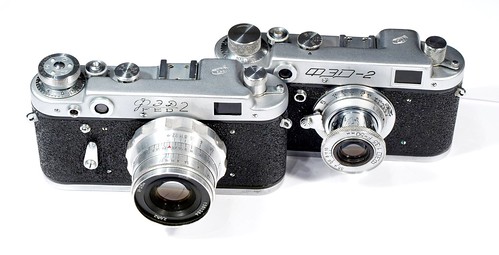
Great cameras have great stories behind them and this applies to the FED-2 which was named after Felix Edmundovich Dzerzhinsky alias Iron Felix. Iron Felix wasn’t a cartoon superhero but he was the founder of the fearful Bolshevik secret police called Vecheka, well-known from its brutality. It was the ancestor of the latter KGB. He got the assignment directly from Vladimir Ilyich Lenin.
F.E. Dzerzhinsky
Felix Edmundovich Dzerzhinsky wasn’t an optical engineer. He wasn’t a photographer either. But he must have been quite influential because they named six towns after him, and, most importantly, a labor commune in Kharkov, Ukraine. This rehabilitation commune of abandoned youths (or prison of young criminals, mostly 13-17 year old boys and girls, as the rumor says) was led by the reputed Soviet pedagogue, director Anton Semyonovich Makarenko, famous after his theory of collective discipline. Here they started to manufacture the Soviet Union’s first 35mm camera, the FED, during Stalin’s push for the industrial and economic transformation of Russia.
Young communards working in the F. E. Dzerzhinsky Commune - 1934
The FED was based on the Leica II(D) - the Russians bought the license from the German company for the camera body, the collapsible Elmar lens and the 35mm Leica film cassette in 1932. But they didn’t just copy it, they made some developments as well. Soon, the FED-2 was born. It wasn’t a simple Leica replica anymore.
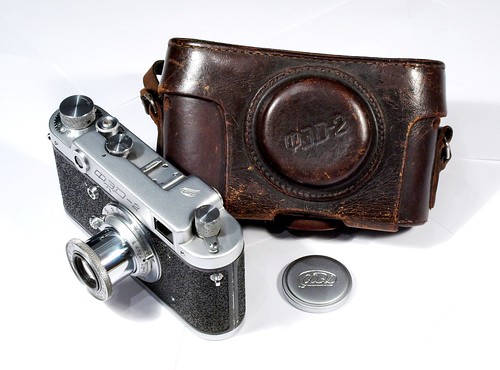
- Type: B2
- Serial No: 153914
- Manufactured: 1956 - 1958
- Manufacturer: Felix Edmundovich Dzerzhinsky Labour Commune, Kharkov, Ukraine, SSSR
- Shutter: curtain
- Speeds: 1/25, 1/50, 1/100, 1/250, 1/500 and B
- Lens: FED 1:3,5 F=50mm
- Apertures: 3,5 - 16 without stops
- Lens No: 280375
- Lens mount: M39
- Last CLA: 06/2010
The FED-2 got a large, Contax-like 67mm coupled rangefinder and a Contax-like film loading mechanism while keeping the ergonomic Leica design and the Leica shutter. The best from both world, one may say. The FED-2 is therefore a very comfortable and surprisingly usable camera.
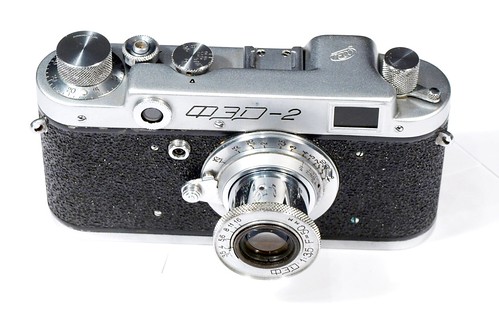
I love the way you have to cock the curtain shutter: you can feel the curtain rolling to the spool. The exposition feels a bit clumsy as the curtains roll down but in fact, the shutter is quite precise. The whole process is simply lovely.
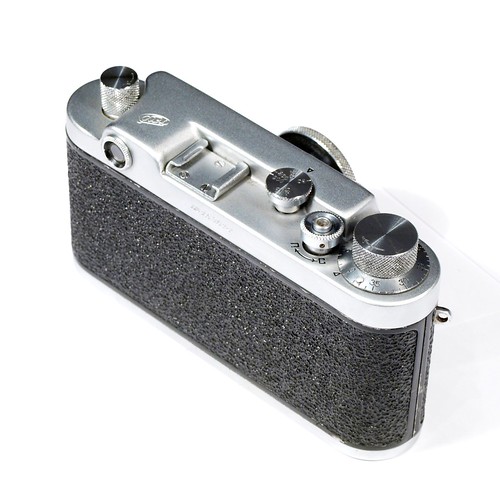
Despite the compact look, the FED-2 is heavy and solid as a rock so you can use it for self-defending purposes in case of need. The knobs rotate a bit rough, you can feel that it’s a Russian piece of machinery of the not-too-precise-but-surviving-everything kind.
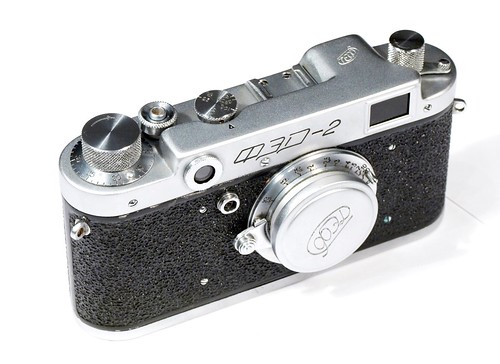

The camera design is so simple that it’s almost impossible to wreck and cheap to get repaired. They made more than one million FED-2s so it’s not too difficult to find spare parts. However, parts of different cameras are not necessarily interchangeable from two reasons: firstly, there were about 30 more or less different types of it, secondly, they were made by hand so the sizes and the location of screw holes may differ a little.

The collapsible FED lens is not the sharpest one I ever had, but it’s a big fun to use it. First, you have to pull it out of the camera body, then you have to twist it while pulling to lock it. Don’t forget to push it back a little to check you locked it properly otherwise you can get an out of focus image like this:
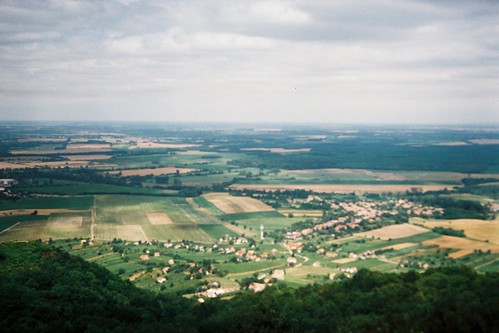
You can call it artistic anyway.
Now let’s see the other one:
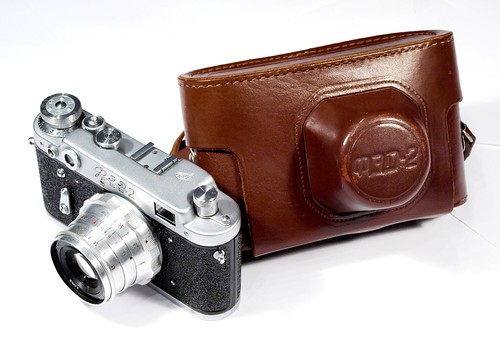
- Type: D6
- Serial No: 2343868
- Manufactured: 1959 - 1968
- Manufacturer: Felix Edmundovich Dzerzhinsky Labour Commune, Kharkov, Ukraine, SSSR
- Shutter: curtain
- Speeds: 1/30, 1/60, 1/125, 1/250, 1/500 and B
- Lens: FED I-26m 2,8/52
- Apertures: 2.8 - 22 without stops
- Lens No: 1581284
- Lens mount: M39
- Last CLA: 06/2010
I ‘ve got this camera from a girl working at the photo lab when I took a few rolls of film there for development. She was enthusiastic about digital photography and didn’t understand why I used a film camera. This FED-2 was her grandfather’s camera but she never used it and wanted it to be in good hands so she handed it over to me. I’ve got it CLA-d and promised to take care of it. He made me promise to show the first roll taken with it but I couldn’t find her at the shop anymore despite that I tried it several times.

This later type FED-2 feels to be exactly as well-balanced in the hand as the older one, with the same vulcanite exterior which gives a good grip. The main difference is that the knobs work more easily and more precisely. There is a minor change in shutter speeds which I wouldn’t call an enhancement: 25, 50 and 100 was replaced by 30, 60 and 125. The shutter itself is a newer design: it’s not as vulnerable to improper handling as the older ones were.
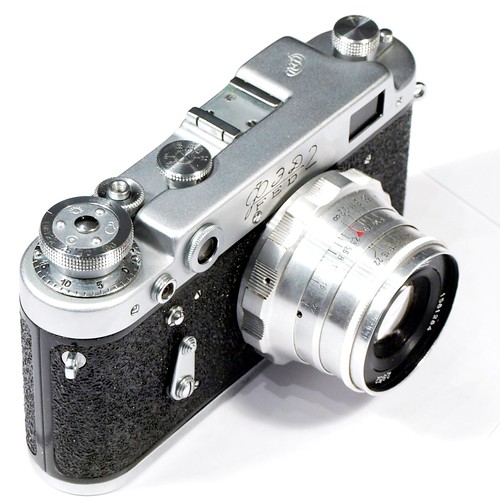
The pretty collapsible FED lens was replaced by a definitely better performing but less charming Industar 26 labeled as FED I-26m with a strange 52mm focal lenght. It is sharper and renders definitely better pictures than its collapsible brother.
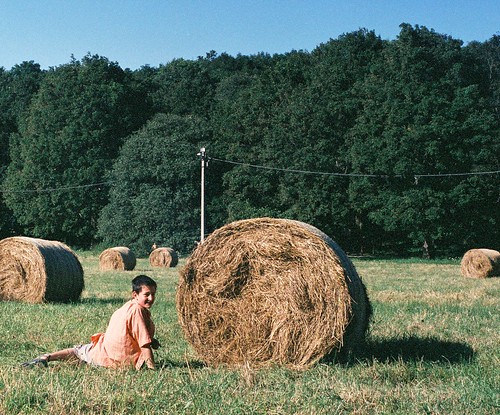
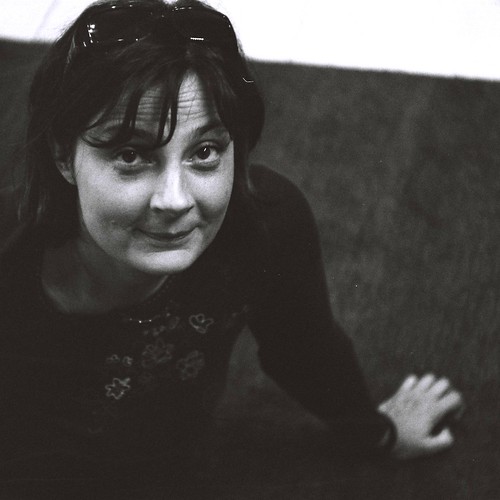
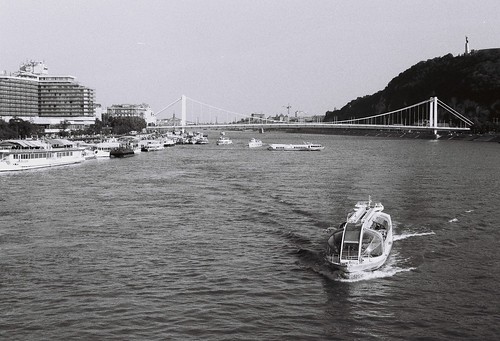
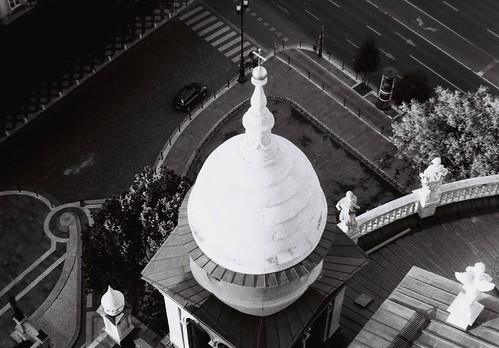
Here are two really important warnings if you want to use a FED:
- Always cock the shutter before setting the speed. Never set the speed first or you damage the shutter permanently. (Some later types are not vulnerable to this but you’d better not count on it.)
- Never turn the lens to the sun. It will burn holes into the shutter curtain. Use lens cap every time.


No comments:
Post a Comment